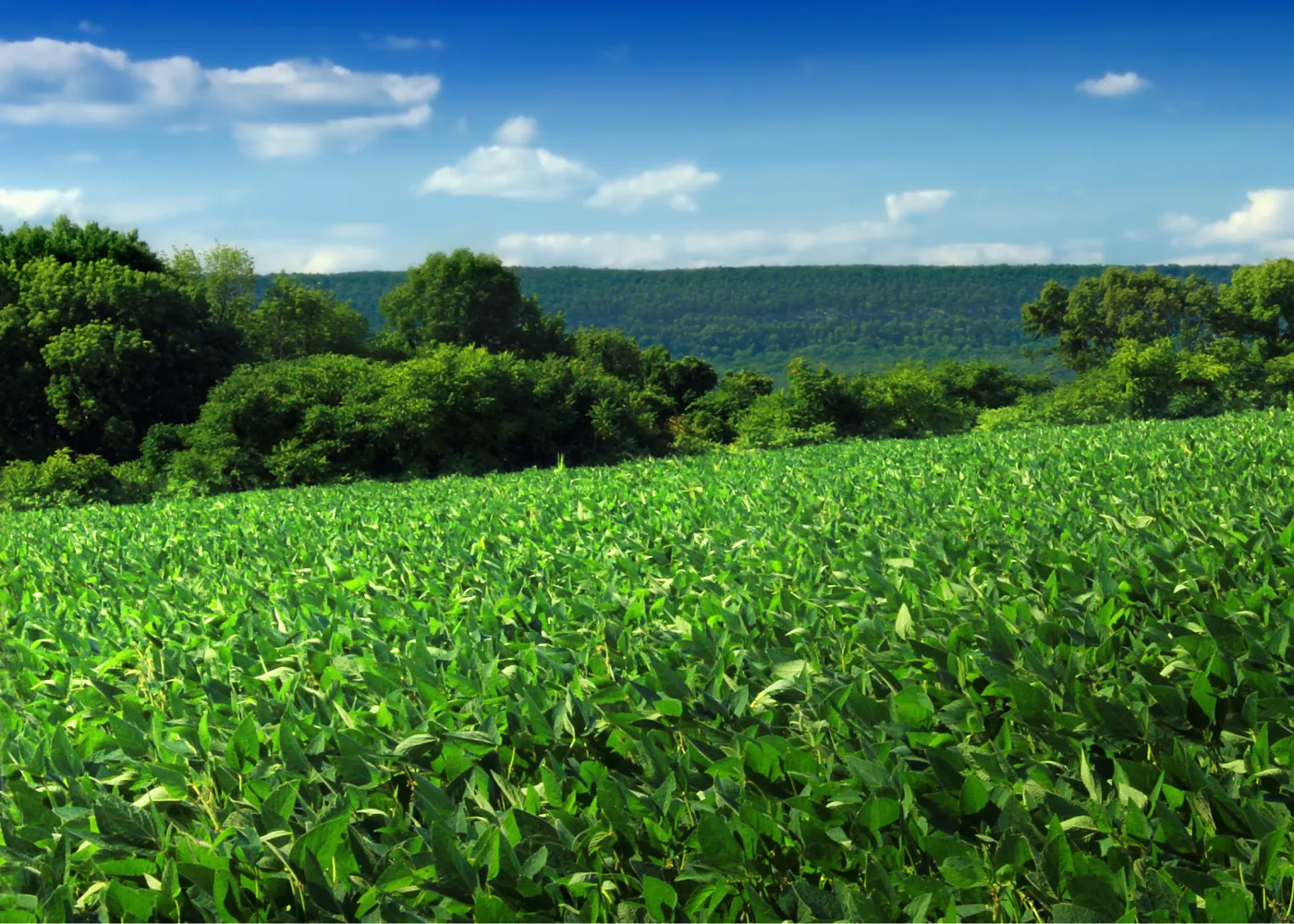In an era of rapid population growth and climate change, the need for innovative agricultural solutions is more critical than ever. Research and development (R&D) of new crops plays a vital role in addressing the challenges faced by farmers and the agricultural industry as a whole. By focusing on creating resilient, high-yield, and sustainable crops, we can ensure food security while minimizing environmental impact. This blog post explores the importance of R&D in crop development, the methodologies involved, and some promising new crop varieties that are changing the landscape of agriculture.
The Importance of R&D in Crop Development
The global population is expected to reach 9.7 billion by 2050, putting immense pressure on our agricultural systems to produce more food with fewer resources. Traditional crops often struggle to meet this demand due to various factors, including disease susceptibility, poor adaptation to changing climate conditions, and declining soil fertility. R&D in new crop varieties can address these issues by focusing on traits such as:
- Drought Resistance: Developing crops that can thrive in arid conditions ensures farmers can maintain productivity even during dry spells.
- Pest and Disease Resistance: New crop varieties can be engineered or bred to resist pests and diseases, reducing the need for chemical pesticides and promoting sustainable practices.
- Nutritional Enhancement: Researching and developing biofortified crops can improve the nutritional quality of food, addressing malnutrition and food insecurity.
Methodologies in Crop R&D
The process of researching and developing new crops involves several methodologies that combine traditional breeding techniques with modern scientific advancements:
- Conventional Breeding: This method involves crossing existing crop varieties to produce offspring with desirable traits. While time-consuming, conventional breeding has led to significant advances in crop improvement over the decades.
- Genetic Engineering: With the advent of biotechnology, scientists can now directly modify the DNA of crops to introduce specific traits. For example, genetically modified organisms (GMOs) can be designed to withstand herbicides or resist certain diseases, thus enhancing yield and reducing losses.
- Marker-Assisted Selection: This technique uses molecular markers linked to desirable traits to expedite the breeding process. By identifying these markers, researchers can select plants that exhibit these traits more efficiently, speeding up the development of new crop varieties.
- Gene Editing: Technologies like CRISPR-Cas9 allow for precise modifications to the plant genome. This revolutionary method can create crops with specific traits without introducing foreign DNA, addressing some of the public concerns associated with GMOs.
Promising New Crop Varieties
Several new crop varieties have emerged from research and development efforts, showcasing the potential benefits of R&D in agriculture:
- Drought-Tolerant Maize: Developed through conventional breeding and biotechnology, drought-tolerant maize varieties can significantly improve yields in areas facing water scarcity. These crops can survive longer periods without water, making them invaluable for farmers in arid regions.
- Biofortified Crops: Varieties like Golden Rice, enriched with vitamin A, address nutritional deficiencies in populations reliant on rice as a staple food. R&D efforts have made it possible to create crops that not only provide calories but also essential nutrients.
- Pest-Resistant Cotton: Genetically modified cotton varieties have been developed to produce their own insecticides, reducing the need for chemical applications. This approach not only increases yields but also promotes sustainable farming practices.
- Superfoods: New varieties of ancient grains such as quinoa and amaranth are being developed to improve their yield and adaptability to various climates. These nutrient-dense crops are gaining popularity due to their health benefits and resilience.

0 Comments